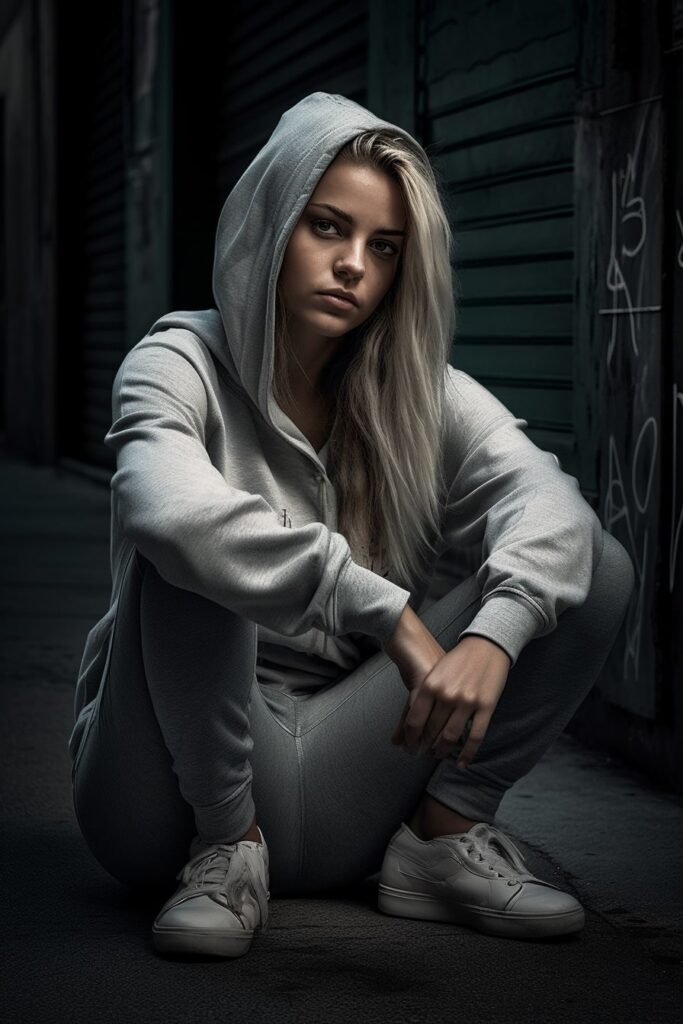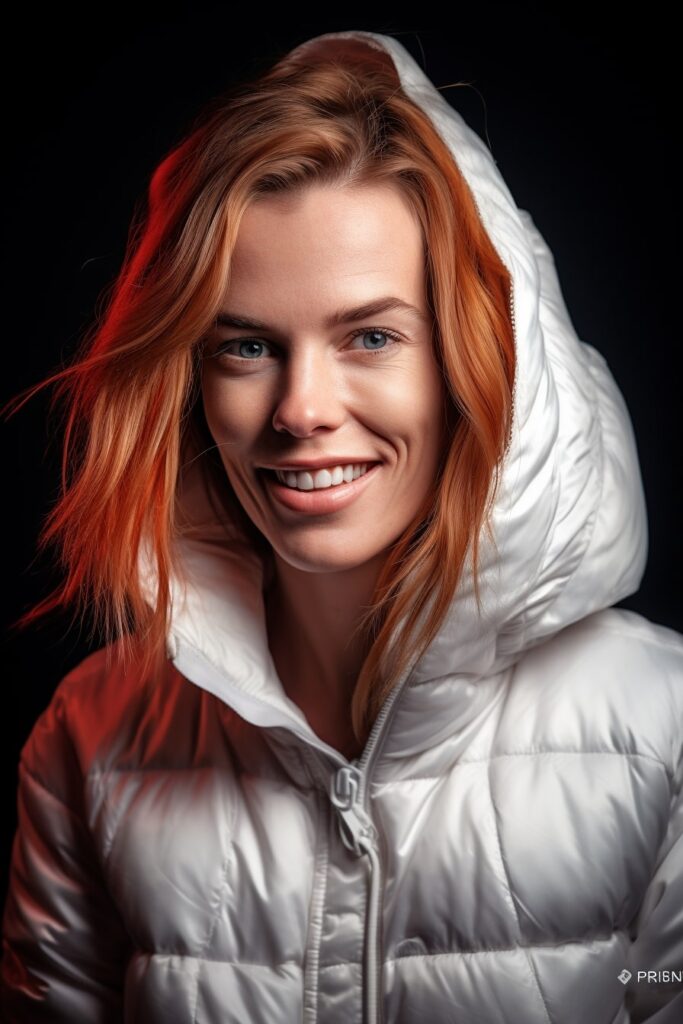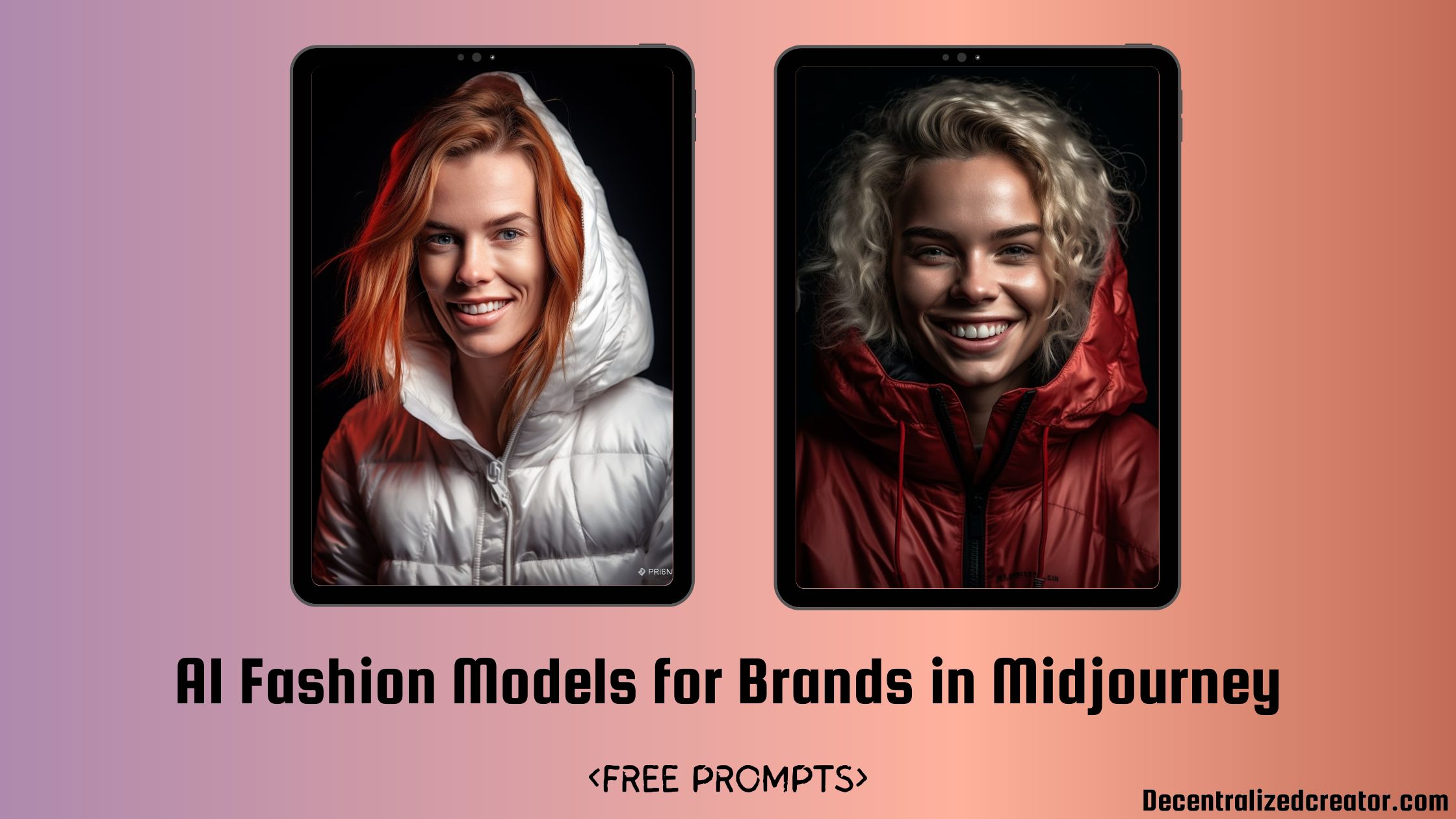Since I have created numerous photorealistic portraits in Midjourney, creating fashion models has come effortlessly for me. There is not much trial and error.
However, here I have used a different approach due to commercial safety concerns.
Brands are increasingly turning towards generative AI models to enhance their productivity and achieve greater diversity in their campaigns.
Companies like Levis have already embraced this trend. The company said that they will test AI-generated fashion models in their advertisement.
However, to minimize the potential risks of copyright, many brands prefer not to use real-world models or specific photographers in their AI prompting. To meet these requirements, I have chosen to create fashion models entirely without any external references.
Table of Contents
Prompt Template for Creating Fashion Models, Changing the Attires of Models
[Style of shot of the subject], [attire of subject and/or facial expression], hyper-realistic, HDR10 –q 2 –ar 2:3
Creation of Models
Prompt #1: a studio medium portrait of a supermodel woman in a sleeveless suit, her face is glowing with foundation cream, sensual look, in white background, hyper-realistic, HDR10 –q 2 –ar 2:3


Let me break down my prompt for you.
To create these models, I followed a prompt template that I developed. The template consists of the style of shot, the attire and/or facial expression of the subject, and the quality parameters.
The goal was to create hyper-realistic images with a resolution of HDR10, and the Midjourney parameters “–q 2” and “–ar 2:3” were used to achieve the desired quality and aspect ratio, respectively.
For instance, in prompt #1, I described a studio medium portrait of a supermodel woman in a sleeveless suit, with a glowing face and a sensual look on a white background. I also specified the HDR10 resolution and the quality and aspect ratio parameters.
Prompt #2: a street style medium portrait of a supermodel woman walking with a hand in her pocket, glowing face, moody, streetwear clothing, hyper-realistic, HDR10 –q 2 –ar 2:3


In prompt #2, I changed the photography style, pose, and clothing to create a street-style medium portrait of a supermodel woman walking with a hand in her pocket, wearing streetwear clothing, and with a moody expression.
You must sense the change in the new photography style that I mentioned. What a stunning model in street style with professional lighting.
Prompt #3: Editorial style medium portrait of a supermodel woman walking with a hand in her pocket, glowing face, moody, streetwear clothing, hyper-realistic, HDR10 –q 2 –ar 2:3


The same approach was used in prompt #3, where I changed the photography style to an editorial-style medium portrait. Now, you must have understood the impact of the keyword “photography style“.
Changing the Attires of Models
Let’s experiment with the outfits for the AI fashion models we have successfully created.
Prompt #4: a street style medium portrait of a supermodel woman wearing a hoodie, sitting with one leg bent pose, hyper-realistic, HDR10, dynamic pose –q 2 –ar 2:3


Prompt #5: Editorial style medium portrait of a supermodel woman wearing puffy jacket, glowing face, gentle smile, streetwear clothing, white background, hyper-realistic, HDR10, dynamic –q 2 –ar 2:3


The outcomes of the above prompt look stunning and real. Nobody would guess it was an AI-generated image. But sometimes Midjourney throws text in the footer. This is what happened in the second outcome of this prompt.
This is the whole process of how I created fashion models for brands without compromising their commercial safety concerns.
Conclusion
Midjourney is a powerful tool for digital artists to create hyper-realistic images, including fashion models. By using a prompt template and the right parameters, it is possible to achieve the desired quality and resolution. For brands, this is a great way to create images that are both beautiful and commercially safe.

